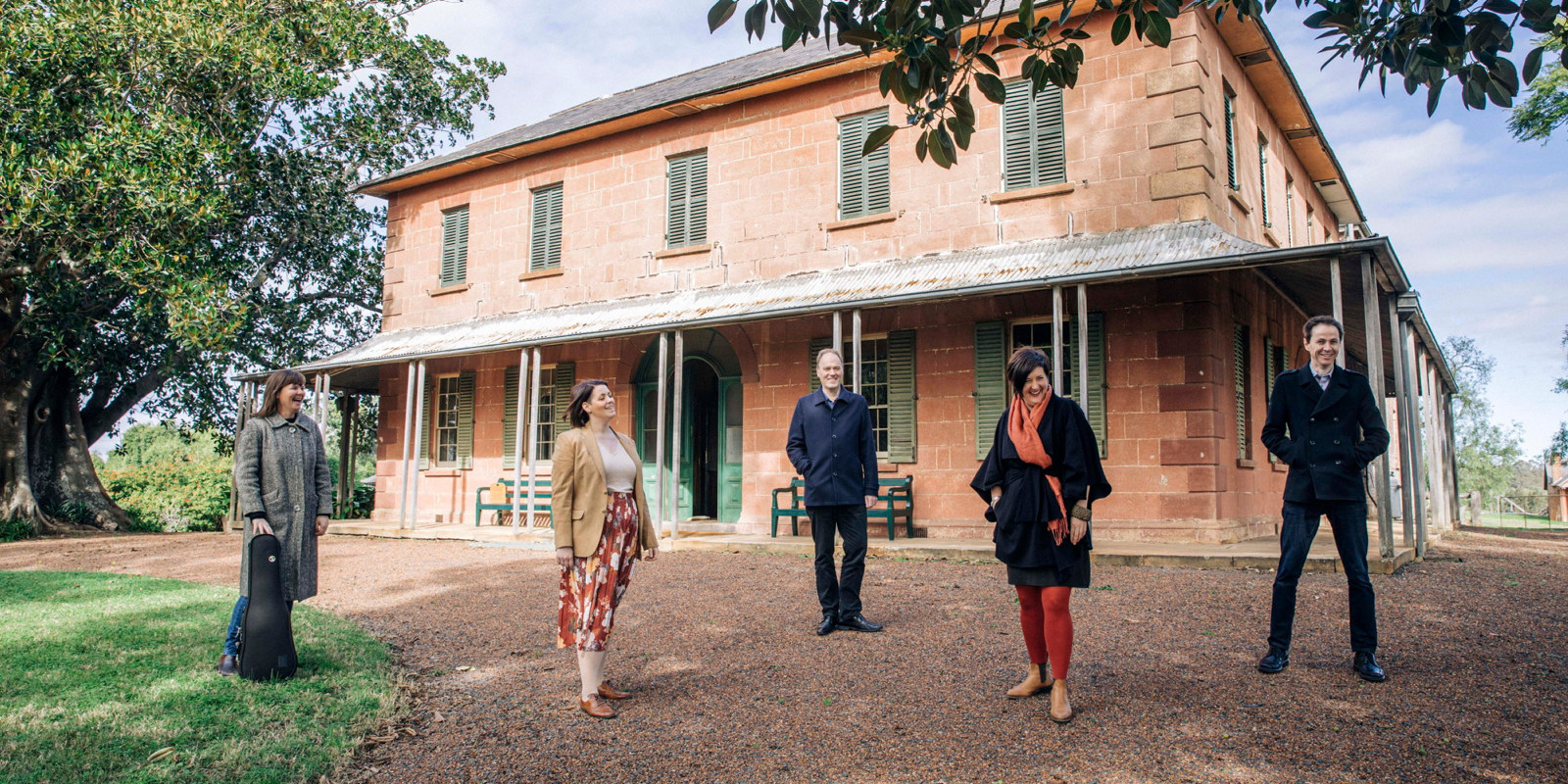‘I Love Thee Still’
Even the simplest, shortest tunes could be a florid affair in the 19th century when a performer put their mind to it. Both male and female singers were taught to add extra notes to a song to demonstrate both skill and taste.
This copy of ‘I Love Thee Still’ was published in London (1833) and purchased from the Sydney music seller Francis Ellard sometime before 1840. The song was found at Rouse Hill Estate in a bound collection of music called the Dowling Songbook and contains the pencil markings of its earliest owners. Written by Jonathan Blewitt (born 1782), this song is typical of the light and often humorous ballads and ditties produced by this composer. English born, Blewitt spent some time in Ireland working on a new music teaching method with J.B. Logier. The Logerian system was quickly adopted by music teachers in Ireland and Britain and included group tuition and a series of published exercises such as this surviving example from 32 Exercises from Sequel to the First Companion to the Chiroplast, which was purchased and used in Sydney in the 1830s.
Despite some of his songs being extremely popular and copies printed in Great Britain, Ireland and North America, as well as freely available in Australia, Blewitt died in abject poverty in 1853.
Watch the performance
In his performance of ‘I Love Thee Still’, James Doig interprets the penciled ornaments found in the score along with the quite extensive printed ornaments. Take a listen and then have a go yourself! We have created the only available recording of this song, so we’ve added a couple of other tunes by the composer. Why not help us share more versions with the world.
Supported by: City of Sydney
More music

House Music at Your House
We delved into the hundreds of popular songs that survive in the collection at Rouse Hill Estate in north-west Sydney to bring you the top 20 hits of the 1840s and 50s – songs played across NSW, Australia and overseas
Published on
Related
Browse all![Owner bound volume of assorted songs, in the collection of Rouse Hill House & Farm, 1850-1864. [music]](https://images.slm.com.au/fotoweb/embed/2023/10/d2e0918e22304feb90e19681abbaafec.jpg)
‘Gii, Gundhi (Hearts and Homes)’
A single song can have a thousand meanings depending on its interpreter. Yuwaalaraay storyteller and musician Nardi Simpson shares her version of a 19th-century parlour song
![Owner bound volume of assorted songs, in the collection of Rouse Hill House & Farm, 1850-1864. [music]](https://images.slm.com.au/fotoweb/embed/2023/10/3810c07fd7fc4a78bcb41f48b8597385.jpg)
‘Hearts and Homes’
Little-known today, composer and music publisher John Blockley (1800-1882) was well-represented in the drawing rooms of Sydney in the 19th century

‘The Ballad Singer’
Romanticised themes of antiquated English traditions continued to feature in songs popular in Australia in the mid-nineteenth century

‘Too Late! Too Late!’
Keeping it in the family - we could say that this comic song is a ‘cousin-by-marriage’ of one of our previous songs